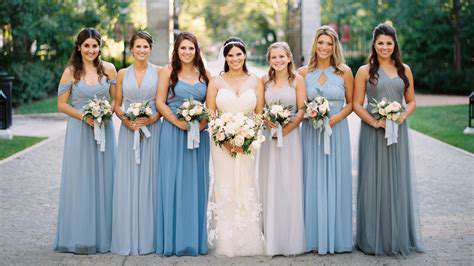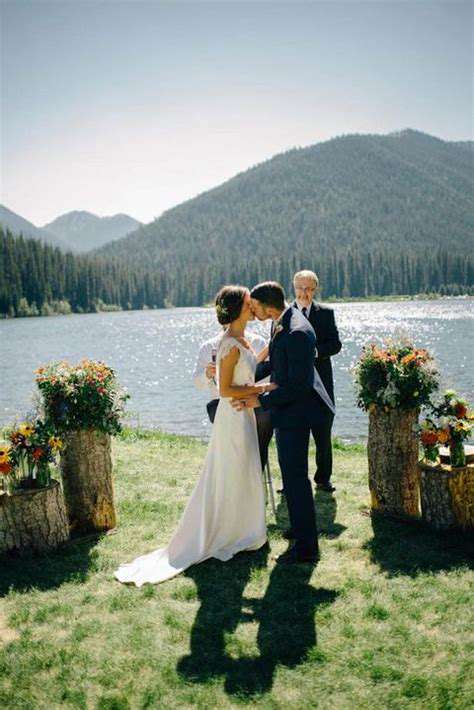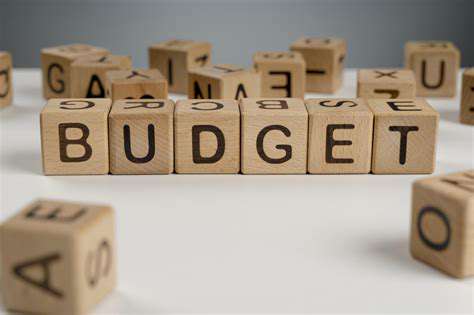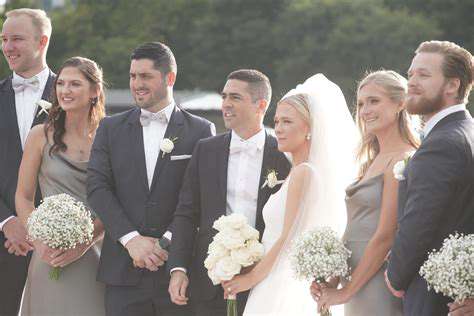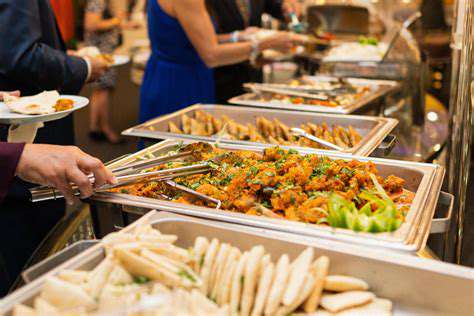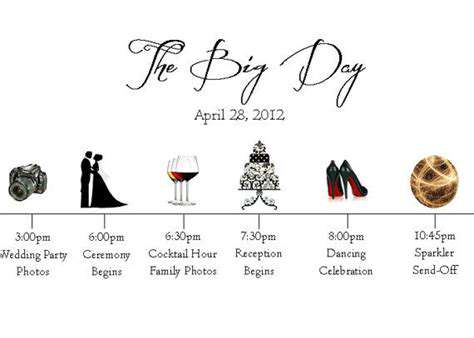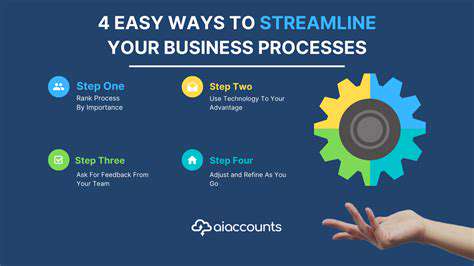Best Wedding Budgeting Tips for Couples
- Base rental: $4,000
- Mandatory security: $500
- Cake-cutting fee: $2/slice
For photography, compare packages carefully. One vendor offered 8 hours coverage while another included engagement photos and a wedding album for similar pricing. Sometimes spending more upfront saves money compared to adding services later.
Allocating Funds for Non-Essential Items
That $500 champagne wall makes great Instagram content, but will guests remember it? Focus on experiences over Instagrammable moments. At our wedding, we skipped expensive favors and donated to our favorite charity instead - guests still mention how meaningful that was five years later.
Consider what actually enhances guest experience. A photo booth costs $800 but provides hours of entertainment, while elaborate centerpieces often go unnoticed. Prioritize elements that create lasting memories.
Creating a Detailed Breakdown
Use a color-coded spreadsheet with these columns:
- Budgeted Amount
- Actual Cost
- Vendor Contact
- Payment Due Dates
Tracking Expenses and Making Adjustments
Set monthly budget review dates in your calendar - we did every 15th of the month. Caught early, a 10% venue overage can be balanced by trimming decor costs. Waiting until final payments come due creates panic.
Build a 10% contingency fund. When our DJ canceled last-minute, that buffer covered the premium for a replacement. Weddings always have surprises - plan for them.
Reviewing and Refining the Budget
Three months out, we realized we'd over-budgeted for invitations but under-budgeted for alterations. Regular check-ins allow smart reallocation rather than desperate cuts. That $200 saved on paper goods upgraded my husband's suit tailoring.
Negotiating and Seeking Value for Money
Understanding Your Needs and Wants
Separate walk-down-the-aisle essentials from nice-to-haves. Our non-negotiables were: officiant, marriage license, and feeding our guests. Everything else got ranked. This clarity reduced decision fatigue dramatically.
We created a 3-column list:
- Must Have (ceremony essentials)
- Important (good food, basic photos)
- Dream Items (videographer, live band)
Negotiating with Vendors
Timing matters. We saved 15% on flowers by booking our florist in January (their slow season). Ask about off-peak discounts - many vendors offer them but don't advertise.
Bundle services when possible. Our photographer threw in free engagement photos when we booked early. Always ask What can you include at this price point? rather than just asking for discounts.
Prioritizing and Cutting Costs
We implemented the 10-year test - will this matter in a decade? That eliminated expensive party favors but kept quality alcohol. No one remembers the napkin rings, but they remember great champagne.
Digital invitations saved us $800. For older guests, we mailed 20 physical copies and called it limited edition. Modern solutions can honor tradition while saving money.
Exploring Alternative Venues and Services
Our venue was a state park with stunning ocean views - rental fee: $250. Non-traditional spaces often have more character and lower prices. The park's natural beauty meant minimal decor costs.
Instead of a wedding cake, we served an assortment of pies from our favorite bakery at 1/3 the cost. Guests raved about the unique dessert choice.
Leveraging Technology and Online Resources
We used Honeyfund for cash gifts toward our honeymoon. The platform saved us $400+ in traditional registry fees and guests loved contributing to specific experiences.
Seeking Professional Advice
A $300 consultation with a wedding planner saved us $2,000 in vendor mistakes. Their industry knowledge helped us avoid common budget traps. Sometimes paying for expertise pays for itself.
Toe raises became my secret weapon during wedding planning stress, giving me physical and mental strength. This simple exercise improved my posture for photos while reducing anxiety. I'd do sets while reviewing vendor contracts - multitasking at its finest!
Maximizing Your Wedding Savings and Minimizing Unnecessary Spending
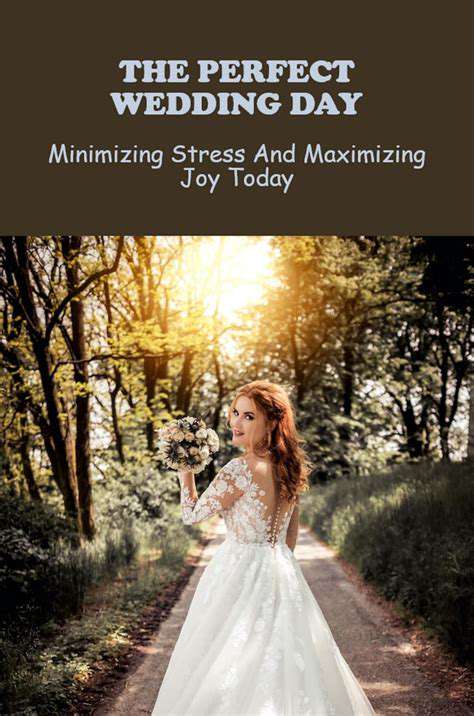
Budgeting for the Big Day
We treated wedding savings like a bill - automatic $500 transfers to a separate account each pay period. This pay yourself first approach grew our fund painlessly. After 10 months, we had $10,000 plus interest.
Vendor Selection and Negotiation
We created a vendor comparison matrix scoring:
- Price (40%)
- Reviews (30%)
- Flexibility (20%)
- Personality fit (10%)
Guest List Management
We implemented the 3-contact rule: if we hadn't spoken to someone in 3 years, they didn't make the cut. This trimmed our list from 200 to 85 without hurt feelings. Smaller meant more meaningful connections with each guest.
Creative Cost-Cutting Ideas
Instead of floral centerpieces, we used:
- Borrowed vintage books ($0)
- DIY terrariums ($15 each)
- LED candles (reusable)
Saving Strategies and Financial Planning
We opened a high-yield savings account specifically for wedding funds. The 4% APY earned us $400 extra - enough to upgrade our honeymoon flights. Every dollar works harder when you plan ahead.
